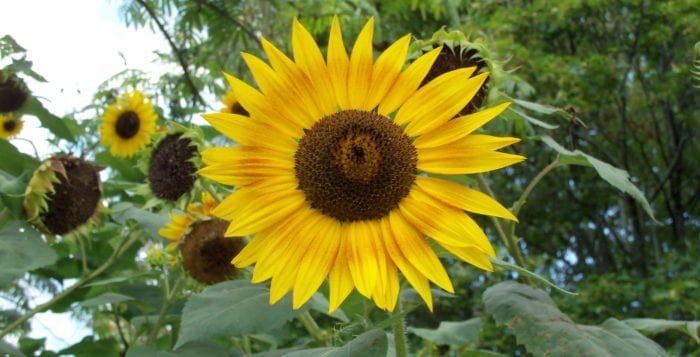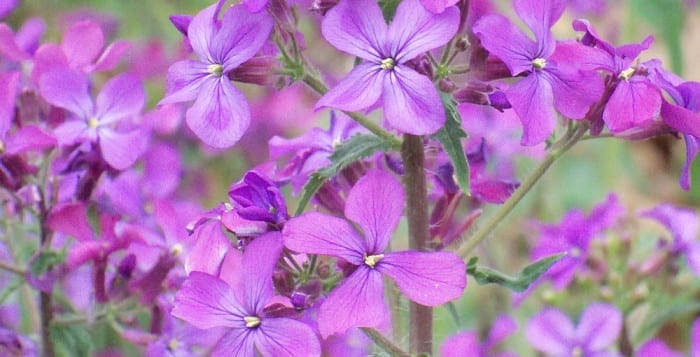By Ellen Barcel
Once our beautiful flowering plants have bloomed, the question then becomes, what do you do next, if anything. Deadheading is frequently recommended for plants with many or large flowers such as rhodies. But, the question is, should you deadhead your flowering plants? The answer is yes and no.
Deadheading helps the energy of the plant go into growing the plant rather than producing seeds. Some plants will bloom again or continue blooming if deadheaded. Coreopis, daylilies, roses and marigolds are all plants that will produce more blooms if deadheaded. So will cosmos and geraniums (Pelargonium). After all, the botanical purpose of flowers is to produce seeds. If you remove the remains of the flowers before they go to seed, the plant will generally send up more flowers so it can produce seeds.
In addition, deadheading makes plants look tidier by removing the brown/curled remains of old flowers. Some people don’t like the look of the flowers that form on hostas, planting them instead for their unique leaves. If you feel that way, remove the flower as soon as you see it.
However, don’t deadhead if:
• You plan to save the seeds of heirloom plants, particularly tomatoes, for next year. Take one of the best tomatoes, cut it open and remove the seeds and dry them. There are even seed exchanges where you can trade some of your heirloom seeds for others.
• The plant is a self-seeder (volunteer) like lunaria or columbine. Then you want the plant to go to seed, spreading the seeds throughout the garden for next year.
• Some plants bloom only once (like Hydrangea macrophylla), but the blooms stay on the plant all season. In that case, don’t even think about deadheading.
• You want the local birds to have a food source. Sunflowers are particularly popular with birds, as are tickseeds (from coreopsis) but so are most flower seeds.
• You like the appearance of the seed pods (for example, lunaria) or the remains of clematis.
• You plan to eat the seed pods (green beans, snap peas, melons, squash, apples, etc.) that form from or around the flowers. Or, in the case of roses, plan to use the rose hips to make jelly.
• You can’t comfortably reach the flowers. Don’t damage your plants by bending branches down just to reach and remove spent flowers, or climb on a ladder if it’s not safe to do so.
• You’ll damage the plant’s growing sections. For example, rhododendron’s new leaves come out from the end of the branch, where the flower has bloomed. When pulling off the remains of the flower, it’s easy to accidentally knock off the new leaves coming in. As a result, I never deadhead rhodies. I let the flower remains fall off naturally.
Remember that deadheading means just removing the spent flower, cutting as little of the stem as possible. It is not pruning where you cut back a plant drastically. However, if you are deadheading a plant that has a single flower at the end of a long stem, like a daylily, cut that stem back to the ground.
Ellen Barcel is a freelance writer and master gardener. To reach Cornell Cooperative Extension and its Master Gardener program, call 631-727-7850.






